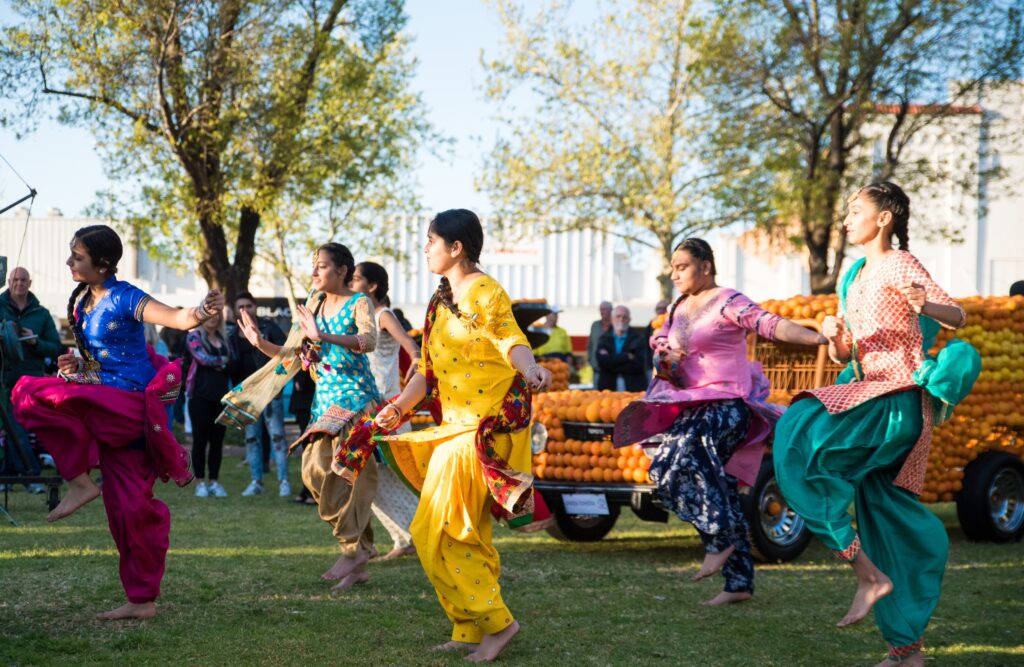From the Beginning

The Murrumbidgee Area is a traditional homeland of the Wiradjuri nation of people – the largest Aboriginal group in central New South Wales, by area and population.
The people of the Wiradjuri Nation are known as ‘people of three rivers’, being the Macquarie River (Wambuul), Lachlan River (Kalari) and the Murrumbidgee River (Marrambidya) which border their lands.
Wiradjuri people from this area have a deep connection with the Murrumbidgee River and its surrounds. The river, creeks and waterholes once sustained every need – with plentiful supplies of food such as shellfish and fish from the river, plants, tubers and nuts, and larger game such as possums, kangaroos and emus. It also provided tools for clothing and shelter, as well as nourishing the essential social and spiritual needs of the people.
With the arrival of the European settlers from the 1830s onwards, the Wiradjuri experienced enormous devastation to their traditional lives. There were many incidents of violent confrontation between the Aboriginal people and the settlers from 1839 to 1841. These incidents were called the “Wiradjuri Wars” and resulted in many Aboriginal deaths. Dispossessed of their traditional hunting grounds and sacred sites, many Wiradjuri people were forced to find employment on stations as stockmen and cattlemen.
Wiradjuri people are still practising their culture today through song, dance, artwork, language and caring for country.
The town of Griffith was proclaimed on the 4th of August 1916 and was named after the Hon. Arthur Griffith, the New South Wales Minister for Public Works, 1910 – 1915. Chicago-based architects Walter Burley Griffin and Marion Mahony, known for designing Canberra, created the design for Griffith, featuring a distinctive radial pattern with wide tree-lined streets, ring roads and parks.
Farmland was first made available in 1912 thanks to the development of the Murrumbidgee Irrigation Area, with the construction of Burrinjuck Dam, Berembed Weir and 139km of canals. The scheme was designed to drought-proof inland Australia and provide food security for the nation. There was an influx to the area as prospective farmers from as far afield as Sydney, Broken Hill and California responded to the Government’s vigorous advertising campaign.
With the opportunities created by irrigation, Italian migration was strong from 1913, with a second wave settling here after the Second World War, drawn to the area to pursue the type of farming that was familiar to them in their homeland. As a result, Griffith has the highest proportion of Italian ancestry of any Local Government Area in Australia.
The First World War delayed the building of the new town, but by late 1919 settlement had begun. The population received a boost as returned soldiers settled on irrigation farms under government sponsorship. Businesses were reluctant to leave the thriving makeshift settlement known as ‘Bagtown’ to relocate in the new town, which was a considerable distance in the days of horse-drawn transport, but by the early 1920s Bagtown had been abandoned and all that now remains is the small cemetery.
Griffith continued to develop, from the introduction of irrigation, which is still the lifeblood of the area, to being proclaimed a city in 1987. Despite being dismissed in 1817 by the explorer John Oxley as ‘uninhabitable and useless to civilised man’, the region became a thriving oasis.
From the 1970s onwards, the positive economic conditions created by this agricultural success story has attracted a new wave of migration from around the globe.
The city of Griffith celebrated 100 years of settlement and growth in 2016.
Today, Griffith is home to a rich blend of cultures and traditions with more than sixty nationalities adding to its cultural tapestry including Italian, Indian, Fijian, Filipino, Samoan, Pakistani, South African, Turkish, Afghani, Tongan, Taiwanese, Malaysian and Chinese communities along with many others.
Griffith warmly welcomes and fosters the enrichment these cultural groups bring to our increasingly cosmopolitan city. Permanent settlement in the region continues to see these diverse communities contributing significantly to the economic, cultural, religious, social and political life of Griffith.
Multiculturalism is a way of life in Griffith, enriching the local lifestyle and celebrated by the many festivals and events held throughout the year.




